How Super Mario Revolutionized Platform Games and Shaped the Genre’s Future
Oct-30-2024
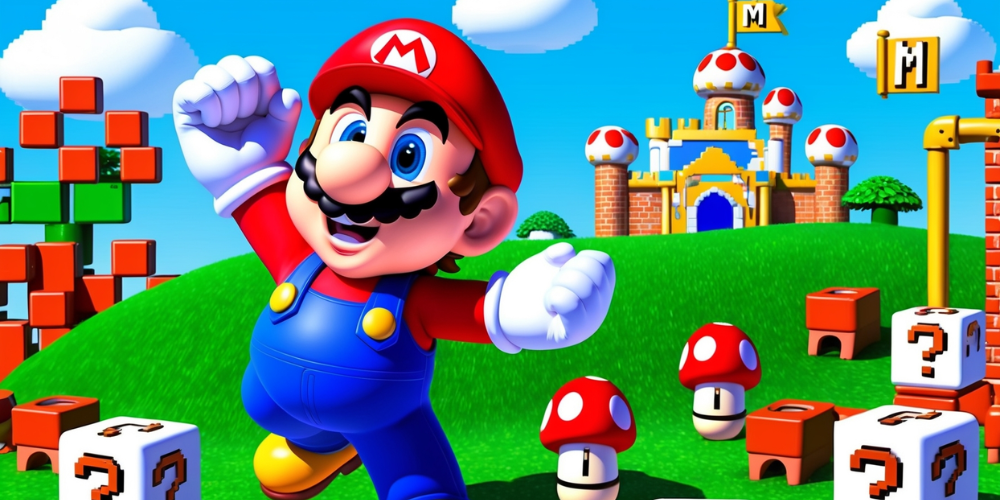
Growing up with video games, it’s impossible to ignore the sheer influence of Super Mario. The character himself has transcended gaming, becoming a cultural icon, but what really strikes me is how much the Super Mario series has shaped the platformer genre. From the very first time I leaped over a Goomba, I knew I was experiencing something special.
The Birth of Platformers
The release of Super Mario Bros. in 1985 was a game-changer, both literally and figuratively. This wasn’t just another arcade game; it introduced an entire new genre—the platformer. Jumping, running, and navigating various obstacles became the hallmark of countless games that followed. But Mario did it first, and it did it best.
Level Design Mastery
One of the most revolutionary aspects of Super Mario Bros. was its level design. Each level was meticulously crafted to introduce new mechanics gradually, allowing players to learn as they progressed. I remember marveling at how seamless the difficulty curve was—every new challenge felt like a natural extension of the last.
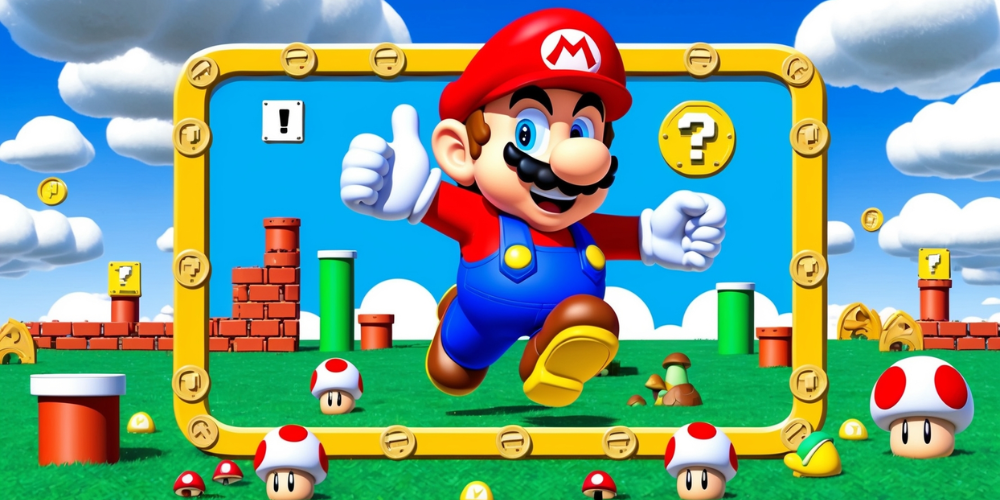
The Introduction of Power-Ups
Super Mario also introduced the concept of power-ups, something that would become a staple not just in platformers but in countless other game genres. The simple joy of grabbing a mushroom and watching Mario grow was unlike anything else at the time. It introduced an additional strategic element and enjoyment to the gameplay.
Super Mario World and the Next Generation
By the time Super Mario World was released for the SNES, the series had already become legendary. This game took everything that made the original great and expanded upon it. The introduction of Yoshi, larger worlds, and secret levels made this an adventure that felt endless. I found myself replaying levels just to discover new secrets, something that platformers before had rarely encouraged.
Mario 64 and the Leap to 3D
The release of Super Mario 64 was perhaps the most significant leap in platforming history. This game was among the pioneers in perfecting 3D movement, and its level design was revolutionary. I was blown away by how intuitive the controls felt, even in a completely new dimension. For the first time, I could explore in every direction, and it felt like the possibilities were endless.
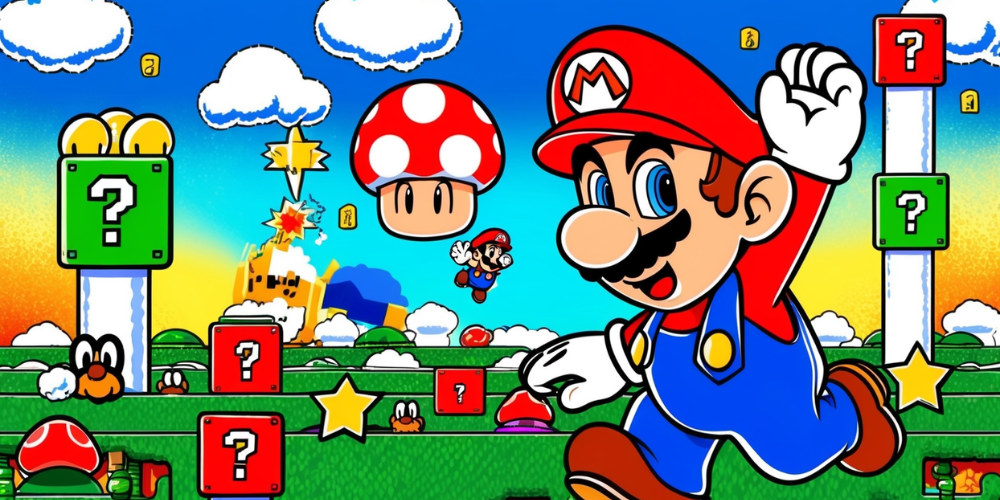
The Influence on Game Mechanics
Super Mario didn’t just define platformers; it redefined what video games could be. The tight controls, innovative level design, and introduction of new mechanics with each entry became the gold standard that other developers tried to emulate. Even now, decades later, I see echoes of Mario’s influence in almost every platformer I play.
Mario and Multiplayer
While the early Mario games were strictly single-player, the series has since evolved to include multiplayer modes that have changed the way platformers are played. Whether it’s competing against friends in Mario Kart or collaborating in New Super Mario Bros., Mario has always found new ways to keep me and my friends engaged.
Super Mario Galaxy: A New Dimension
Super Mario Galaxy was another turning point in the series, this time playing with gravity and physics in a way I had never seen before. The ability to navigate spherical worlds felt revolutionary, and the creativity of the level design was unmatched. I often found myself stopping to marvel at the game’s beauty, even as I frantically dodged enemies and obstacles.
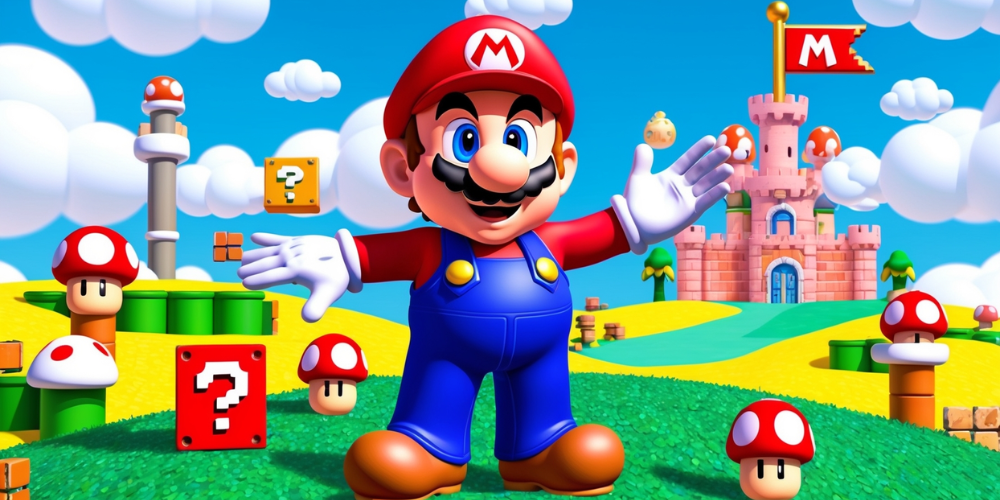
Super Mario Maker: Player-Driven Content
When Super Mario Maker was released, it felt like a natural evolution for the series. Now, players could create their own levels, building on the same mechanics that had defined platformers for decades. I spent hours crafting my own levels, experimenting with new ideas, and sharing them with the world. It was a testament to how versatile and enduring the Mario formula truly is.
Innovation in 2D and 3D
One of the things that has always impressed me about the Super Mario series is how it continues to innovate in both 2D and 3D formats. Whether it’s the side-scrolling action of New Super Mario Bros. or the expansive 3D worlds of Super Mario Odyssey, each game feels fresh and exciting, even after decades of similar gameplay.
The Simplicity and Complexity
What makes Super Mario so enduring is its balance of simplicity and complexity. On the surface, it’s a game about jumping over obstacles and collecting coins. But as I’ve played more and more, I’ve come to appreciate the underlying complexity in its mechanics, level design, and even the subtle storytelling. It’s a series that players of all skill levels can enjoy, but the more you play, the more you realize how deep it truly is.
A Cultural Icon
Super Mario isn’t just a game series; it’s a cultural icon. From toys to movies to theme parks, Mario has transcended video games in a way that few characters ever have. But despite all the merchandise and spin-offs, the heart of the series remains in its platforming roots, and that’s what keeps me coming back time and time again.
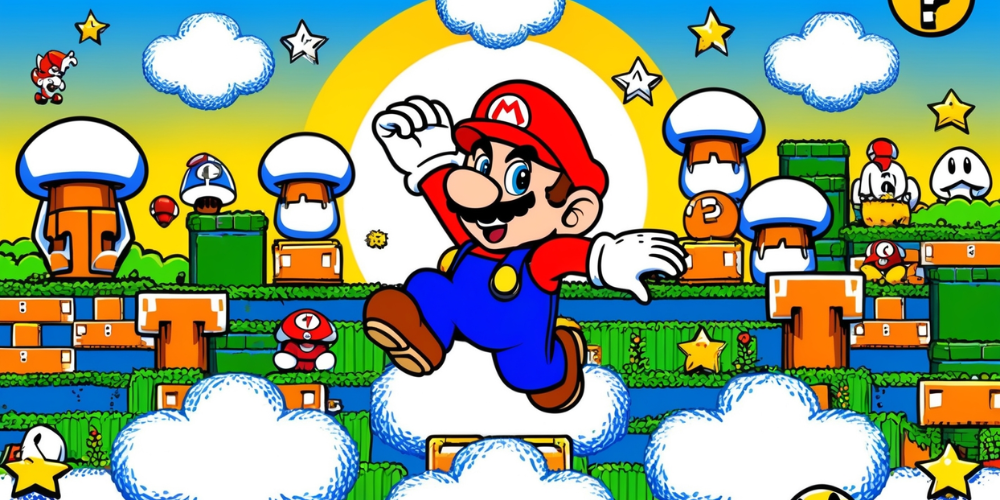
Learning from Mario
As I reflect on the countless hours I’ve spent playing Mario games, I realize how much they’ve taught me about gaming as a whole. The series has always pushed me to be better—not just in terms of skill, but in understanding how games work. Every new entry has something to teach, whether it’s mastering a tricky level or discovering a hidden mechanic. Mario is more than just entertainment; it’s a masterclass in game design.
The Future of Platformers
Looking forward, I can’t help but wonder where the platformer genre will go from here. Will we see another game as revolutionary as Super Mario 64? Will new technologies push the boundaries even further? Whatever the future holds, I know that Super Mario will continue to be at the forefront, leading the way as it always has.
The Timeless Appeal
What strikes me most about the Super Mario series is its timeless appeal. Whether I’m playing the original 8-bit classic or the latest 3D adventure, the joy of controlling Mario as he jumps, runs, and explores is something that never gets old. It’s a series that has grown with me, and I know it will continue to be a part of my life for years to come.







